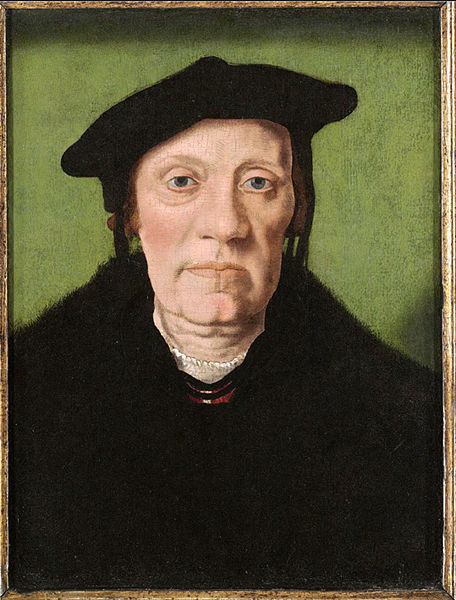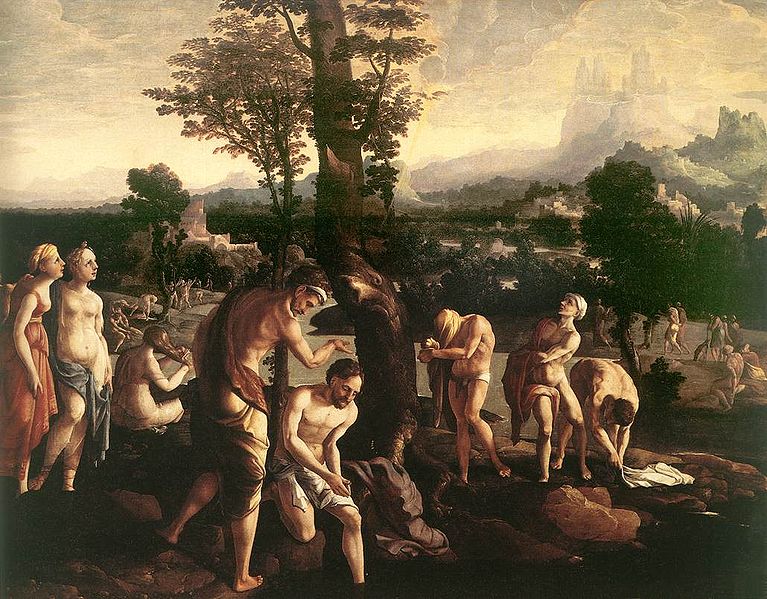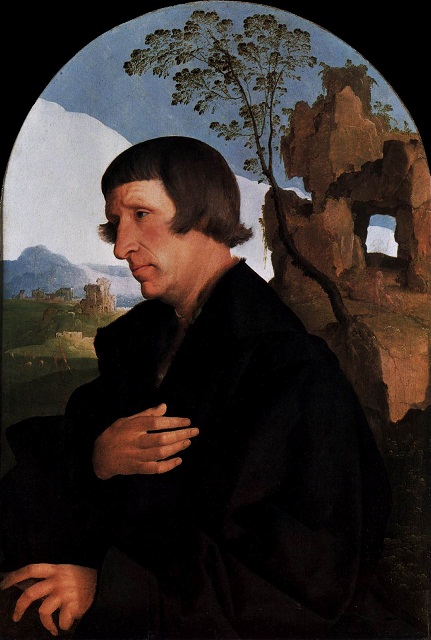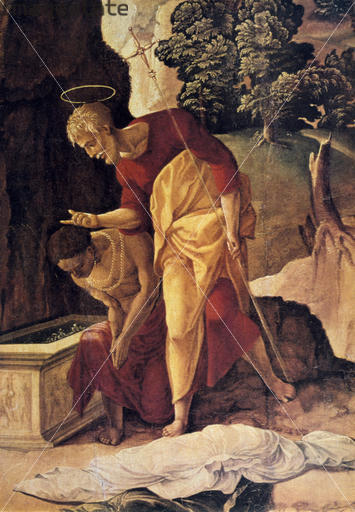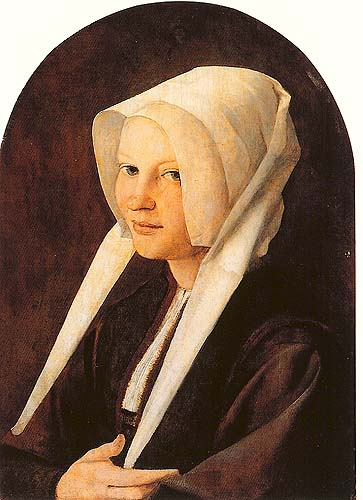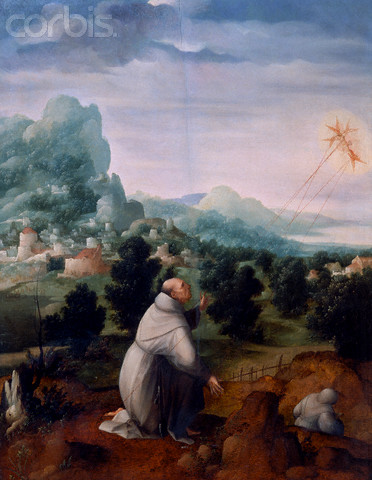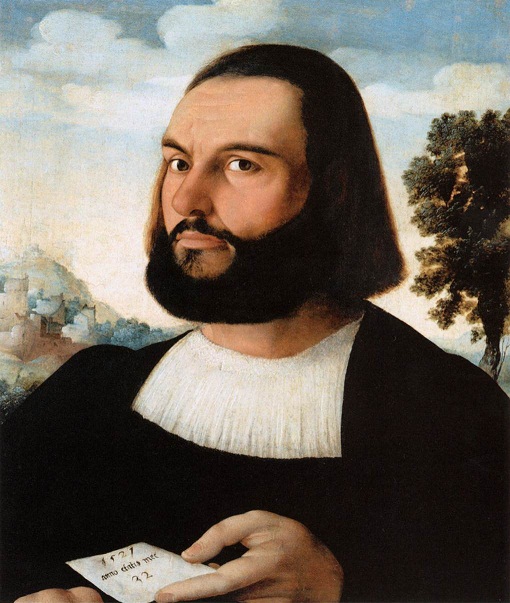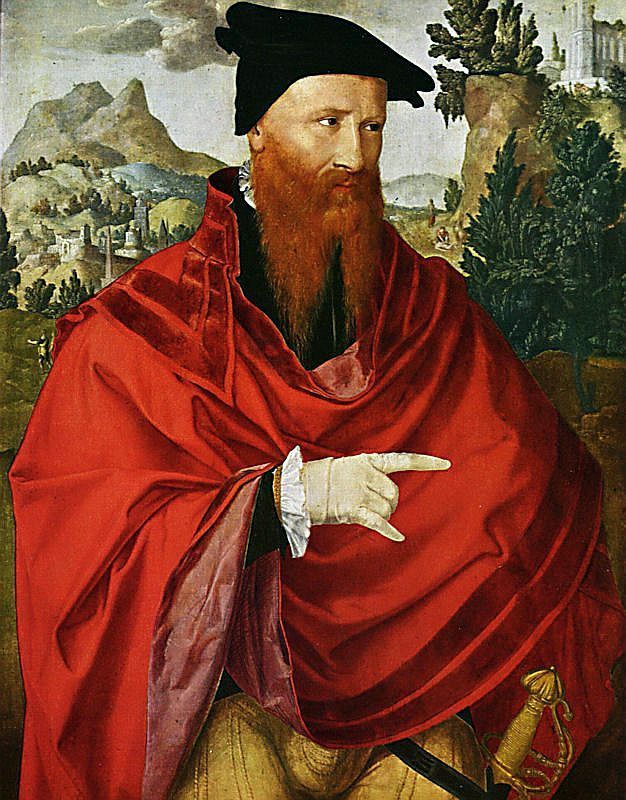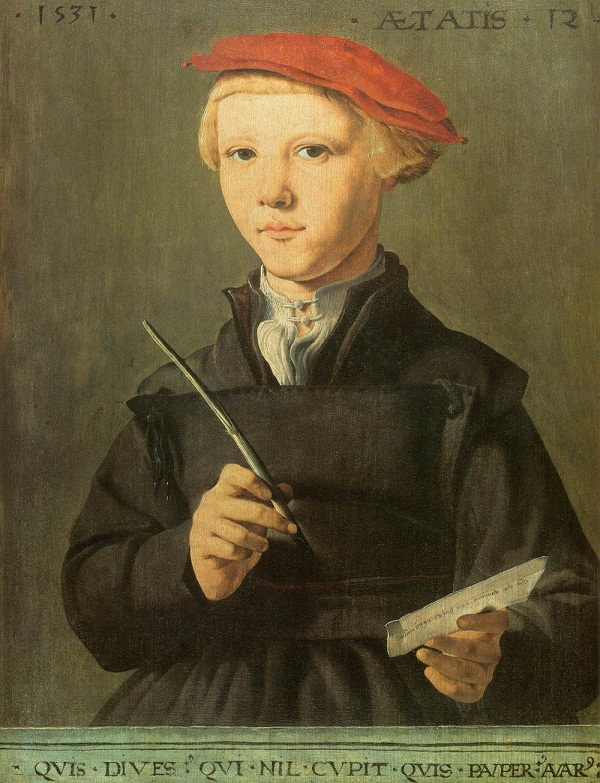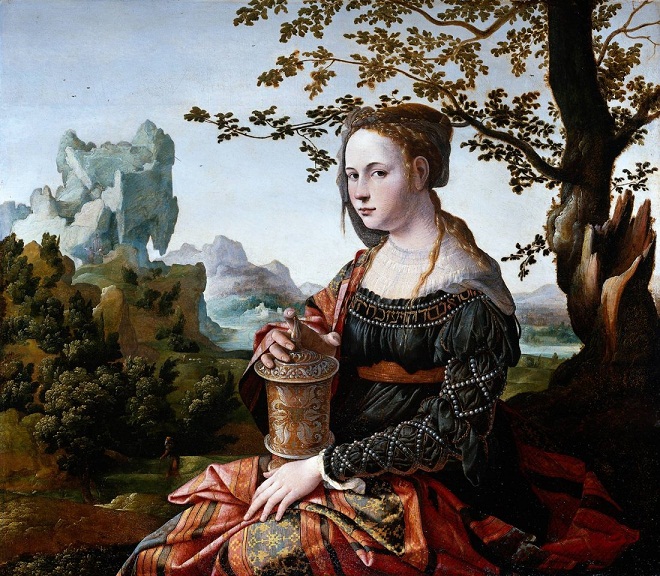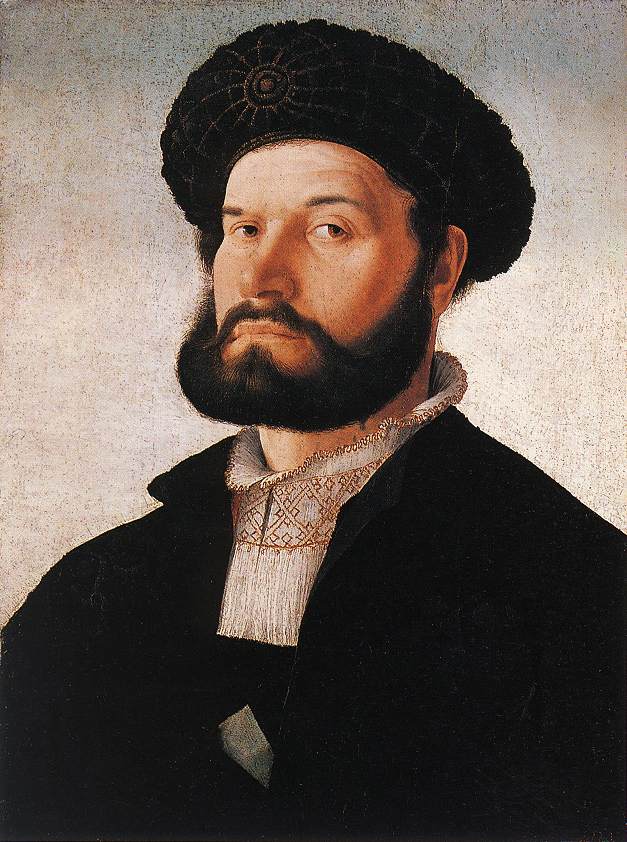<Back to Index>
- Naturalist Lorenz Oken, 1779
- Painter Jan van Scorel, 1495
- King of Poland Sigismund II Augustus, 1520
PAGE SPONSOR
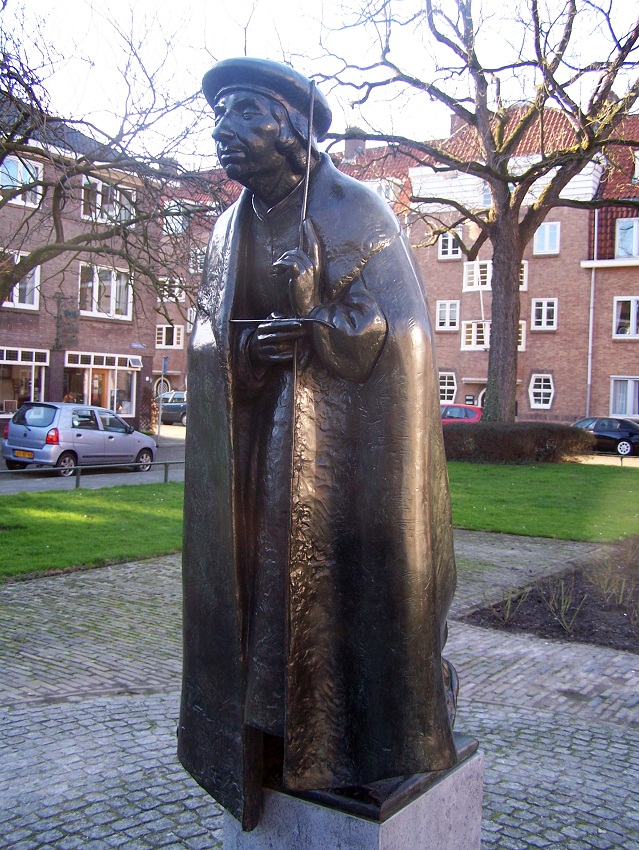
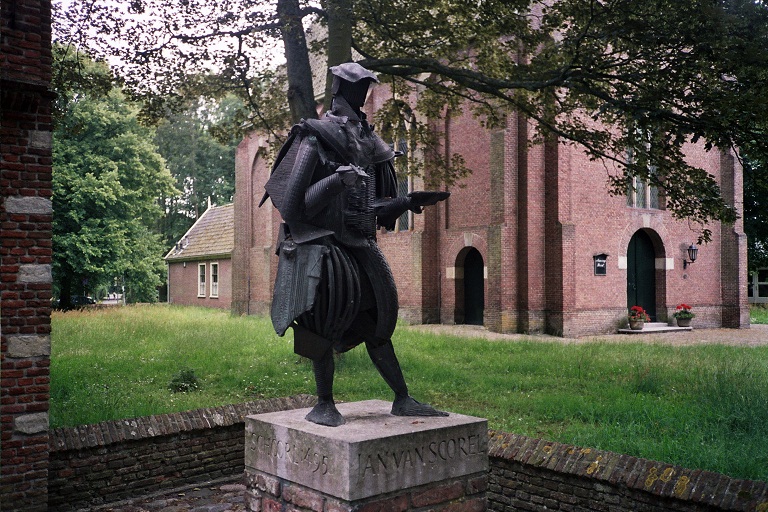
Jan van Scorel (1495 – December 6, 1562) was an influential Dutch painter credited with the introduction of High Italian Renaissance art to the Netherlands.
He was born in Schoorl, north of Alkmaar and close to Egmond Abbey. It is not known whether he began his studies under the Master of Alkmaar, Pieter Gerritsz in Haarlem, Jacob Cornelisz in Amsterdam, or with Jan Gossaert in Utrecht but it is certain that the last two were the master painters he would meet later in his life and who would have the greatest effect on his technique. According to the RKD, he is registered in Haarlem in 1517 where he perhaps collaborated with his contemporary Maarten van Heemskerck, who like him, had been born close to Alkmaar (they certainly collaborated in Haarlem in 1528). In 1524 Jan Gossaert is registered at Duurstede Castle, near Utrecht, where he had Jan van Scorel as pupil. Van Scorel began traveling through Europe in his early twenties after visiting Utrecht. In 1518 - 22 he is registered in Venice, and along the way, heading to Nuremberg and then on via Austria over the alps. In the village of Obervellach, in 1520, he completed his first representative work, the "Sippenaltar" in St. Martin's church. Giorgione served as a considerable influence on van Scorel during his tenure in Venice. Upon leaving Venice, from 1522 – 24, van Scorel passed through Rome and made a pilgrimage to the Holy Land. His experiences in Jerusalem are depicted in many of his later works. Perhaps because of his experiences, Heemskerck later traveled to Rome himself, benefitting from Van Scorel's experiences.
In 1521, van Scorel returned to Rome where he met the Dutch pope Pope Adrian VI, who he may have met earlier in Utrecht, and who appointed him painter to the Vatican. He himself sat for a portrait. Van Scorel enjoyed the influence of Michelangelo and Raphael, and succeeded Raphael as Keeper of the Belvedere.
Upon his return to the Netherlands in 1524, he settled in Utrecht where he began a successful career as a painter and a teacher. Van Scorel was a very educated man and skilled as an engineer and an architect, as well as an artist. He was also multi-lingual, no doubt as a result of his travels. He made the plans for building a polder in his native North Holland, called the Zijpe - en Hazepolder, that was later financed by his friend from Antwerp, the merchant Servaes de Haese. Perhaps because of the work on this polder, he is registered in Haarlem in 1528, where he collaborated with Heemskerck and assisted with the school there that Dirck Volckertszoon Coornhert would later run.
Considered to be the leading Netherlandish Romanist, van Scorel moved to Ghent for painting contracts before returning to Utrecht for the same reason, where he died in 1562, leaving behind a wealth of portraits and altarpieces. Though many of his works fell victim to the Iconoclasm in 1566, some still remain and can be seen primarily at museums in the Netherlands.
Contemporary painters that Van Scorel may have met, taught, and/or collaborated with, are Cornelis Willemsz (1481 – 1552), Aertgen van Leyden, Master of Alkmaar (or Cornelis Buys), Pieter Gerritsz, Jacob Cornelisz, Jan Gossaert, Maarten van Heemskerck, Antonis Mor, Lambert Sustris, Master of the Good Samaritan, and Martin Schermus van Deventer.
